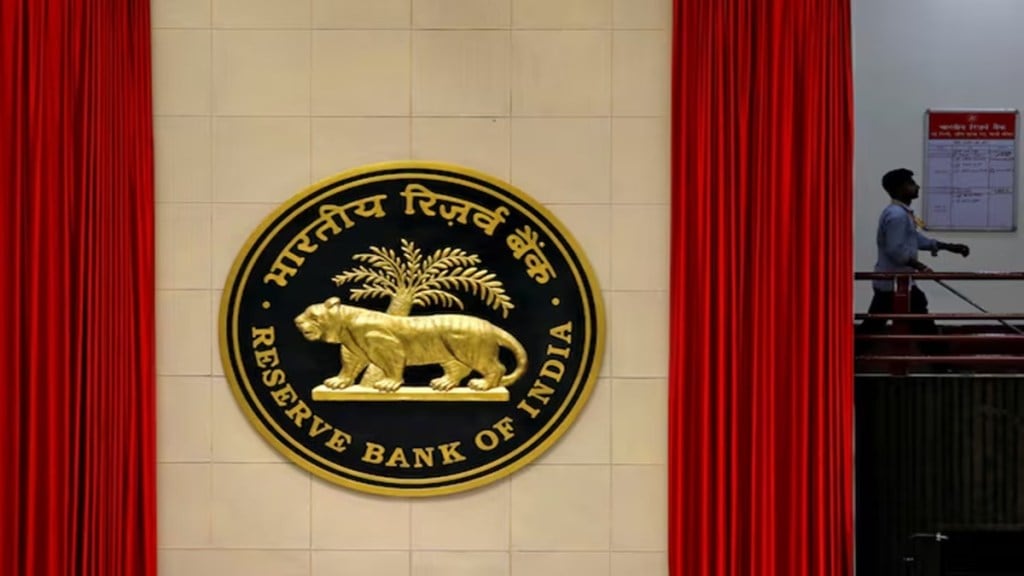The Reserve Bank of India’s (RBI) decision to transfer Rs 2.69 lakh crore to the government by way of dividends for FY25 might have undershot the market’s expectations but is a decent 27% jump over the Rs 2.1 lakh crore in FY25. The gap between the market’s expectations and the dividend can be explained in the RBI’s prudent move to maintain the contingent risk buffer (CRB) at a higher 7.5%. That’s at the higher end of the range, prescribed in the revised Economic Capital Framework (ECF). The panel, which reviewed the earlier framework, has decided that the buffer, which provides for monetary and financial stability risks, credit risk, and operational risk, should be maintained within a range of 6.0 ± 1.5% of the balance sheet. The Jalan panel, it may be recalled, had required the RBI to maintain the buffer at 5.5-6.5% of the balance sheet; in FY24 it was maintained at 6.5%, higher than the 6% in the previous year. In today’s highly uncertain and volatile global environment, no central bank can be too conservative and the RBI has done well to take a cautious approach.
Indeed, the global bond and currency markets have been very choppy over many months now, and India’s central bank has a challenging job on its hands. It must ensure that both interest rates and the rupee are at levels that do not put India at a disadvantage vis-à-vis other competing economies. Indeed, the last few years have seen many central banks reporting losses on an unprecedented scale. Some have reported valuation losses on their portfolios of domestic and foreign securities, as interest rates rose. While the RBI’s balance sheet will provide details, it appears the central bank appears to have fared well in FY25. The anticipation of a chunky dividend had stemmed from an understanding the central bank made a killing on dollar sales of $415 billion, making an estimated profit per dollar of about Rs 6.50. This left the central bank an estimated profit of Rs 2.7 trillion, more than twice the Rs 1.2 trillion in FY24.
On a rough reckoning, the record dividend would leave the government with about Rs 50,000 crore more than it had budgeted for. This gives it a fiscal cushion in the event tax collections, either direct or indirect, turn out to be smaller than the amounts targeted or if there is a shortfall somewhere in non-tax revenue. While it is still early days, the economy could be impacted by the global tariff wars. To be sure, the additional money in the government’s kitty will not have a meaningful impact on liquidity. On this front, the central bank has been walking the talk. It has infused about Rs 8.5 lakh crore since December last year and appears on course to deliver on its intention to keep the system in a surplus of 1% of the net demand and time liabilities. What the government can do is to speed up expenditure in the first half of the fiscal so as to create demand and keep the growth momentum going. This is important because the private sector isn’t spending on fresh capacities as fast as desired and commentary from companies reveals the poor visibility on demand will hold them back for some more time.

